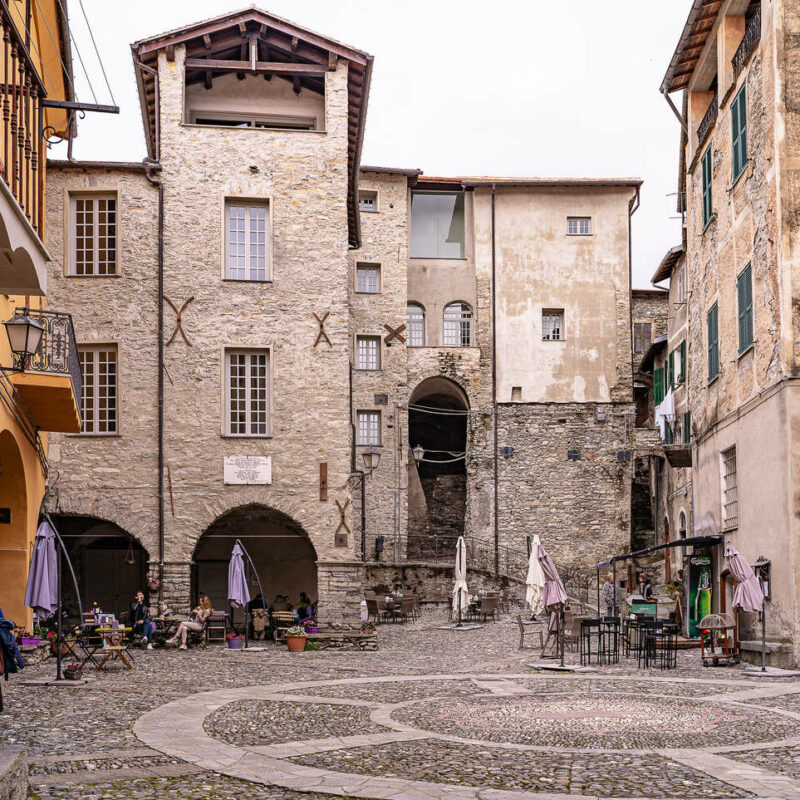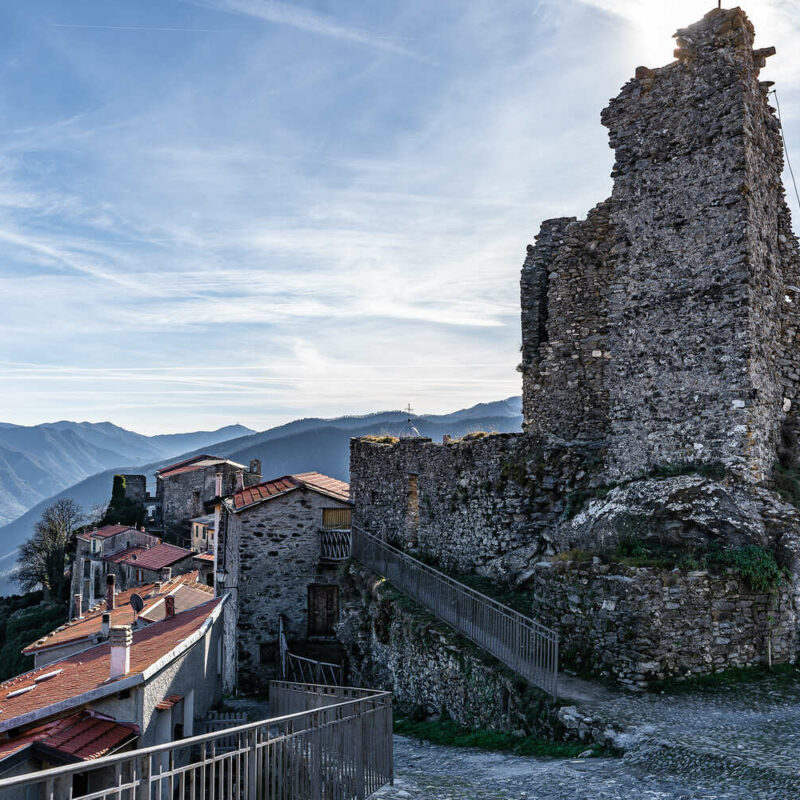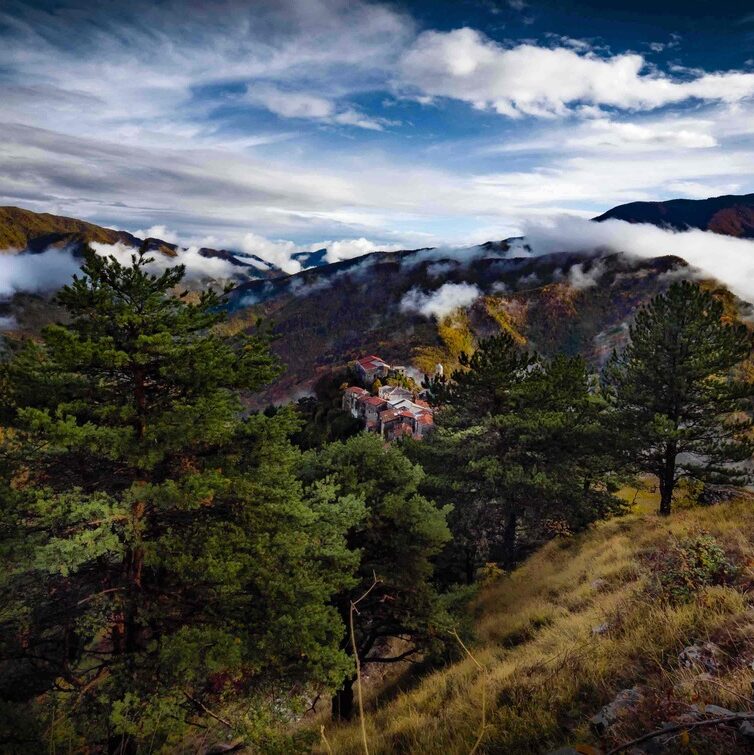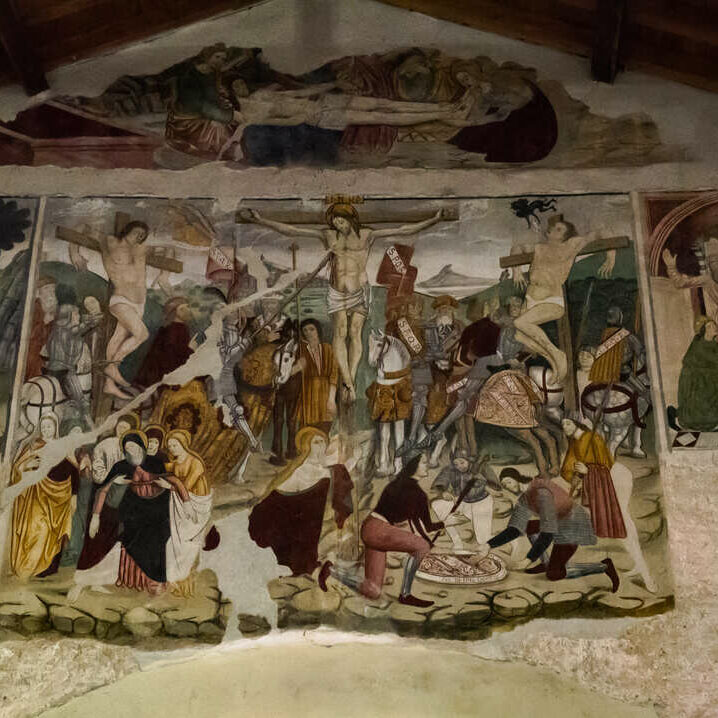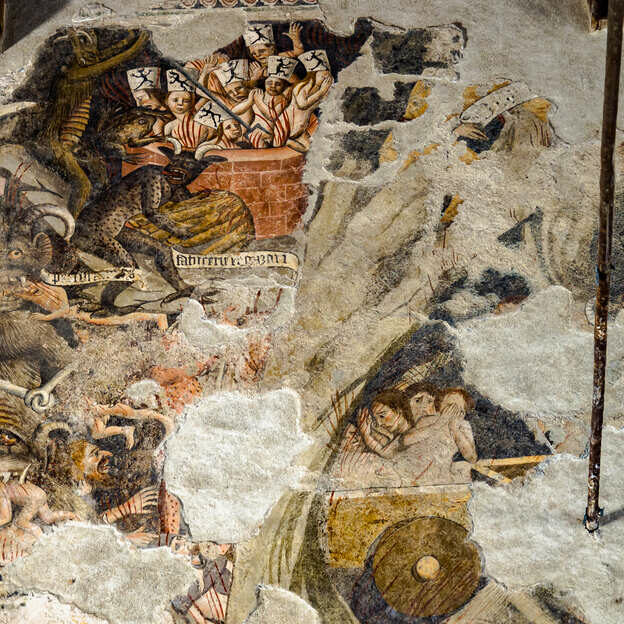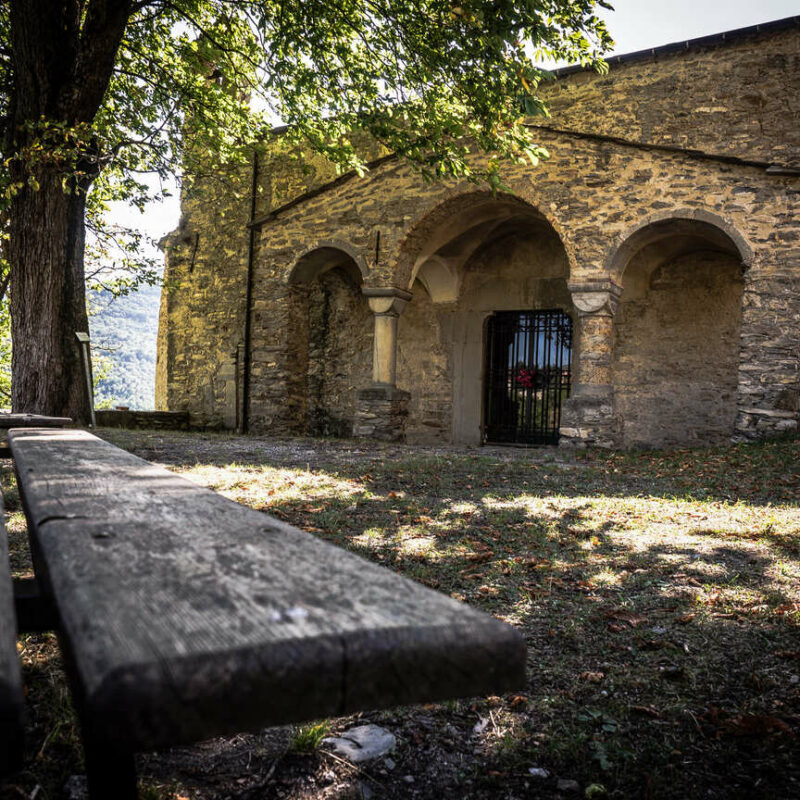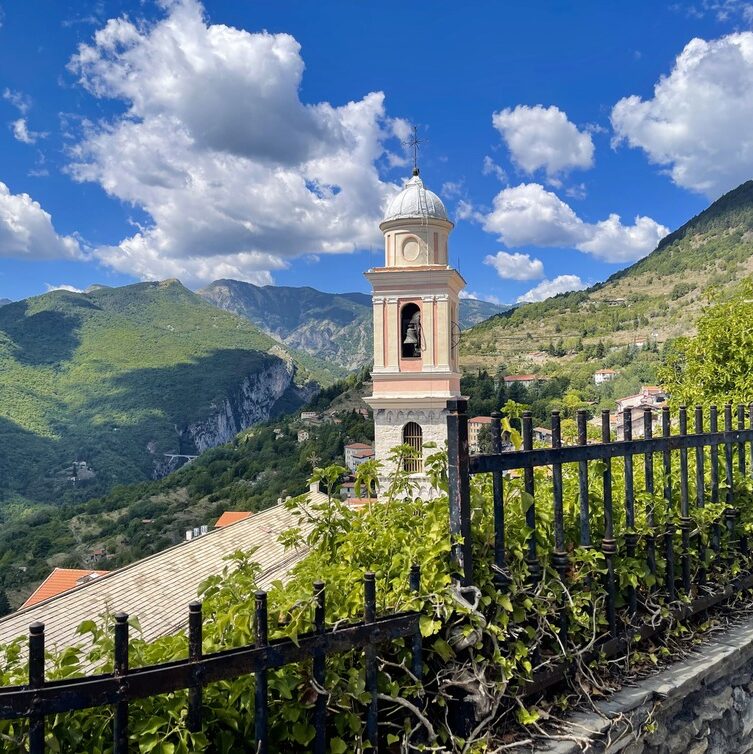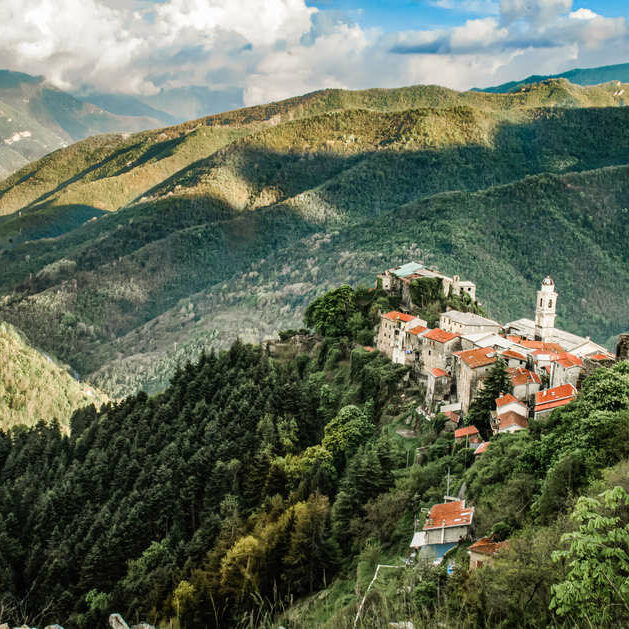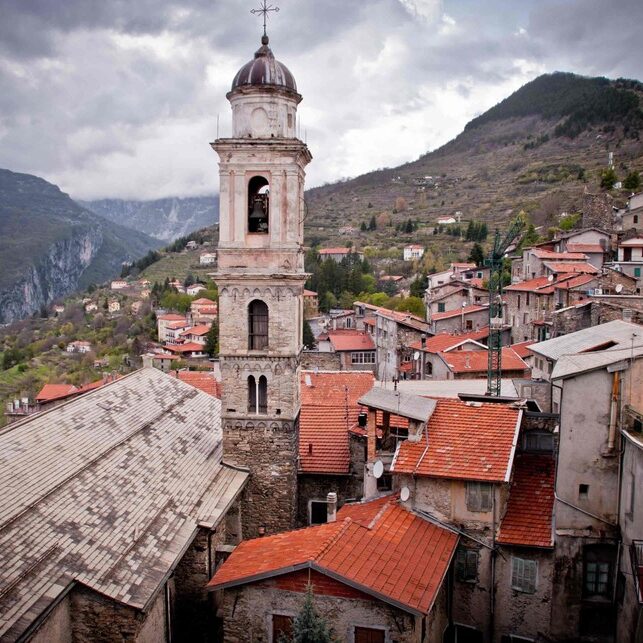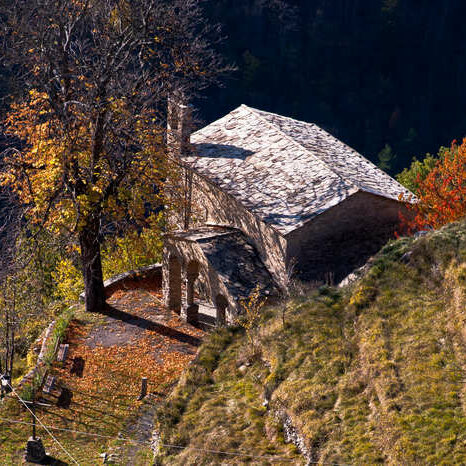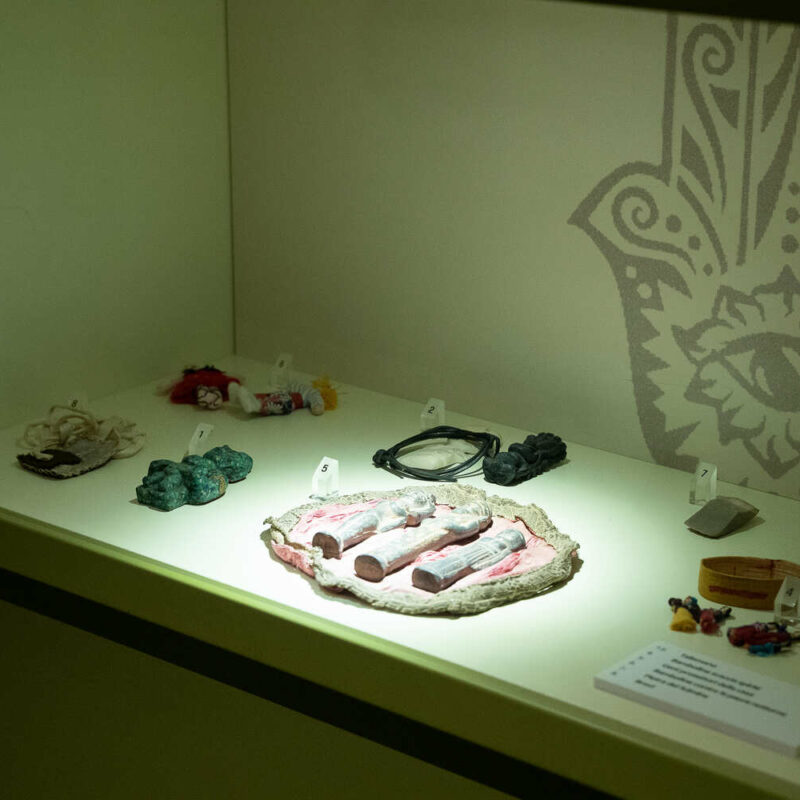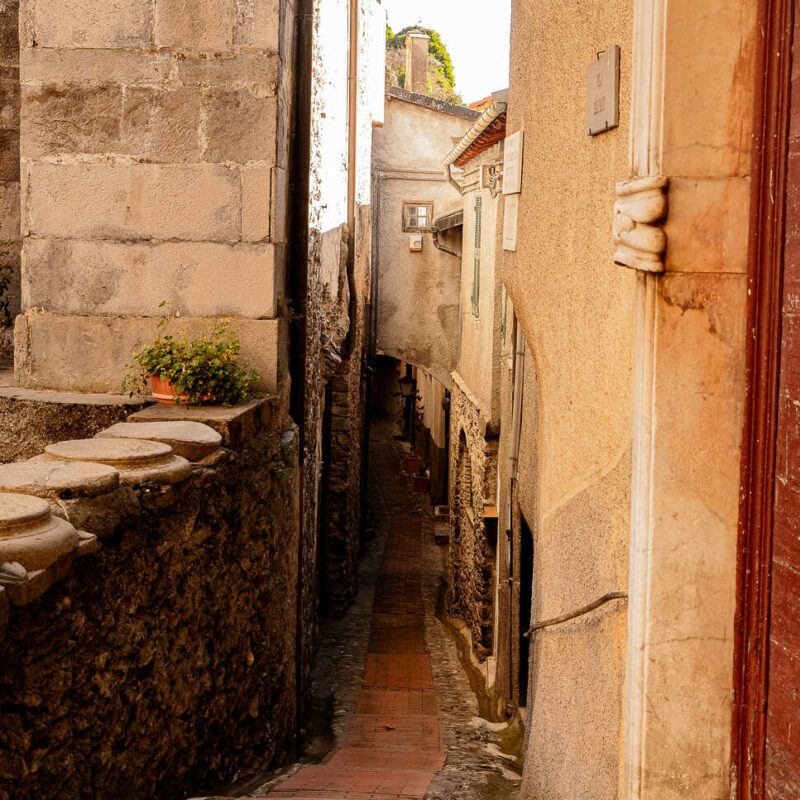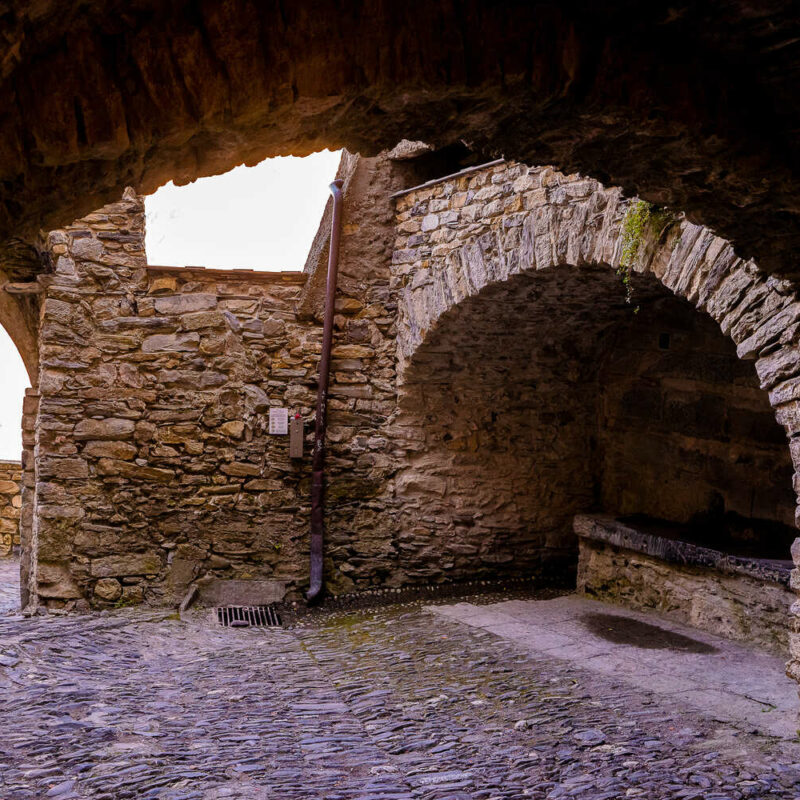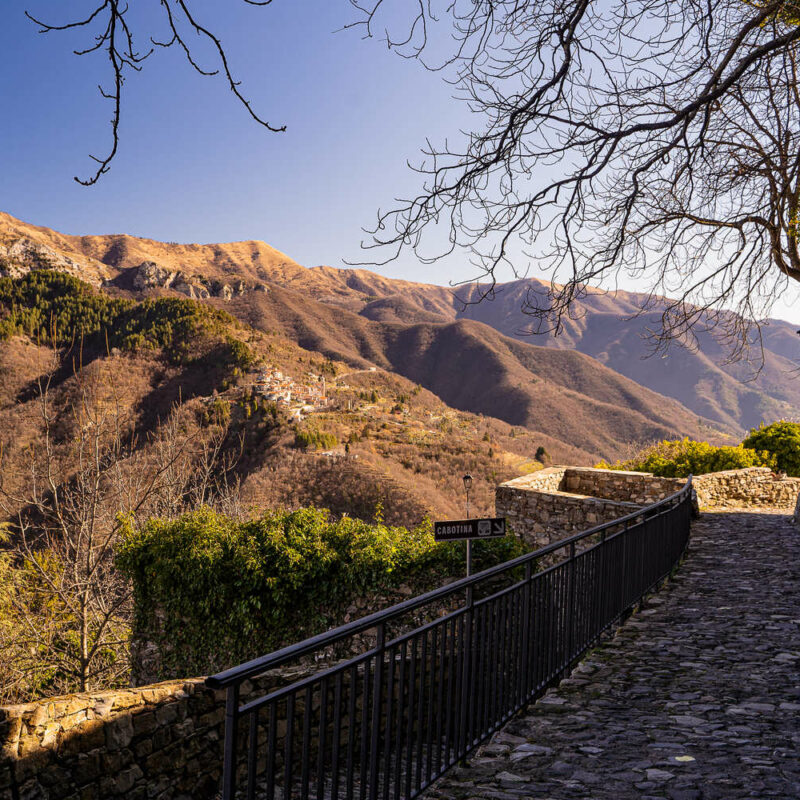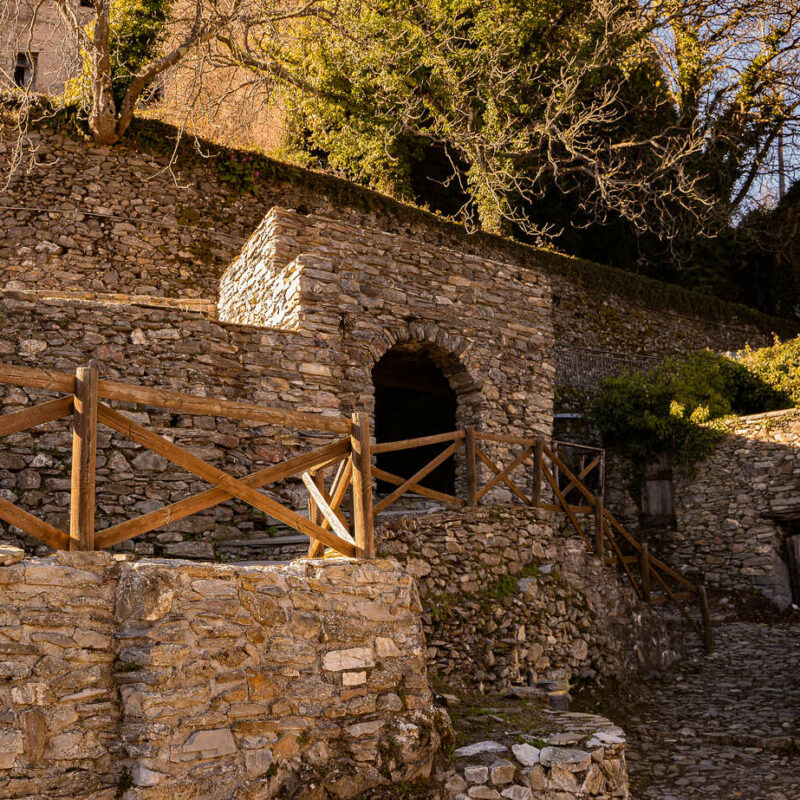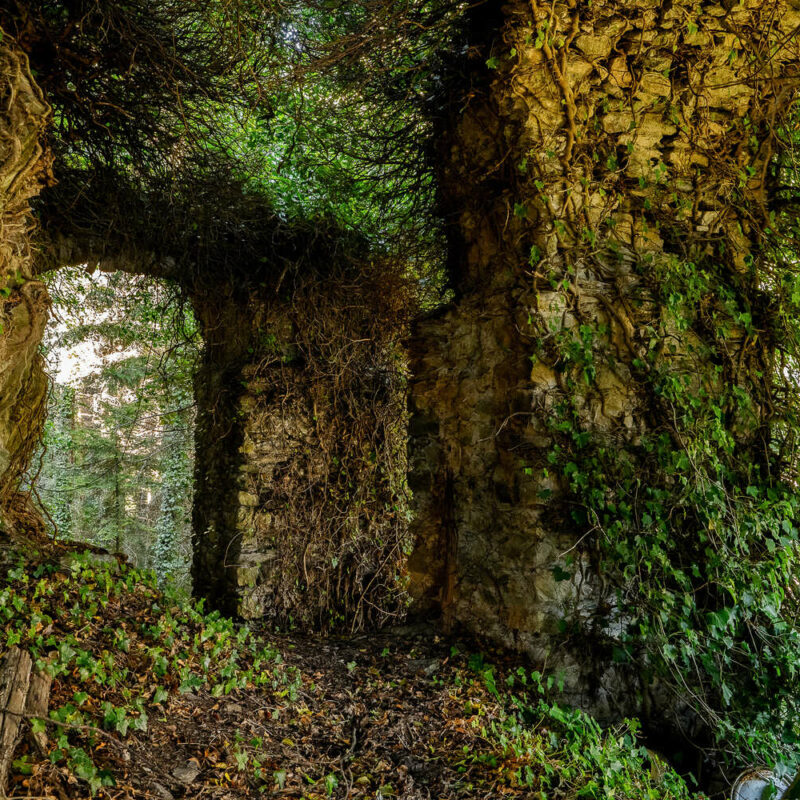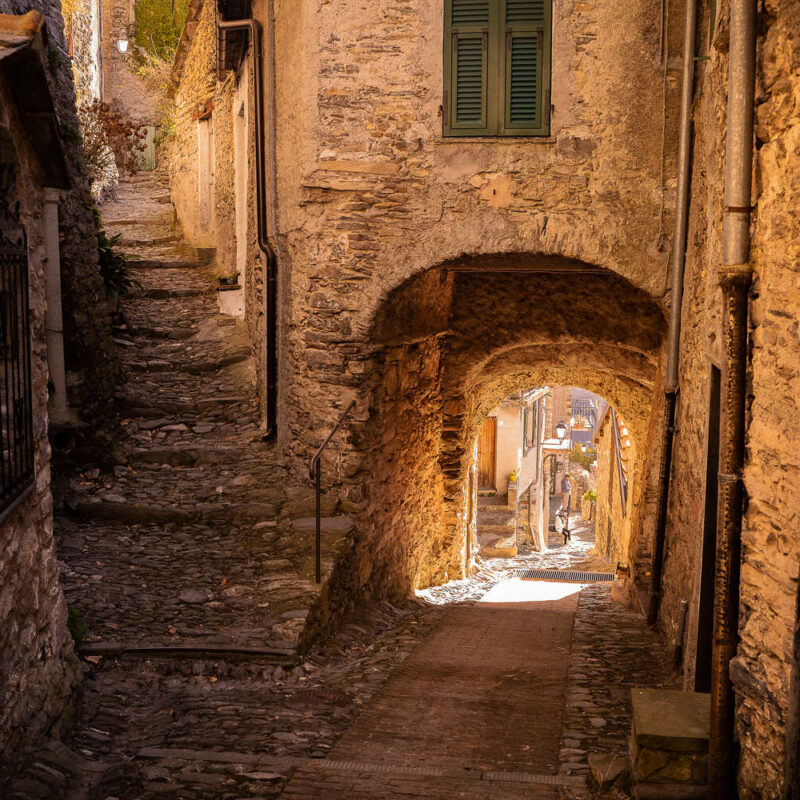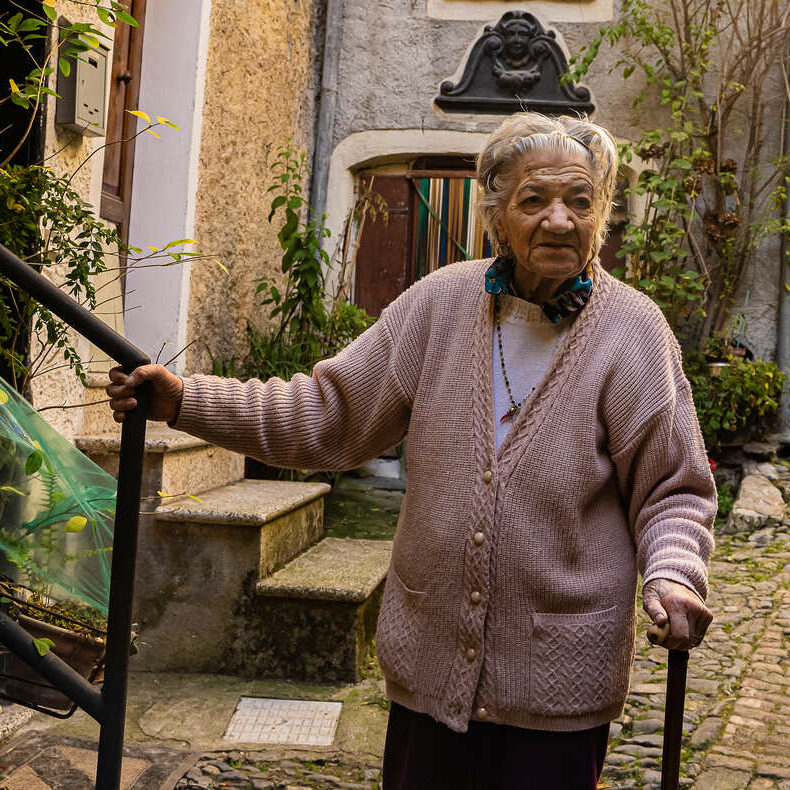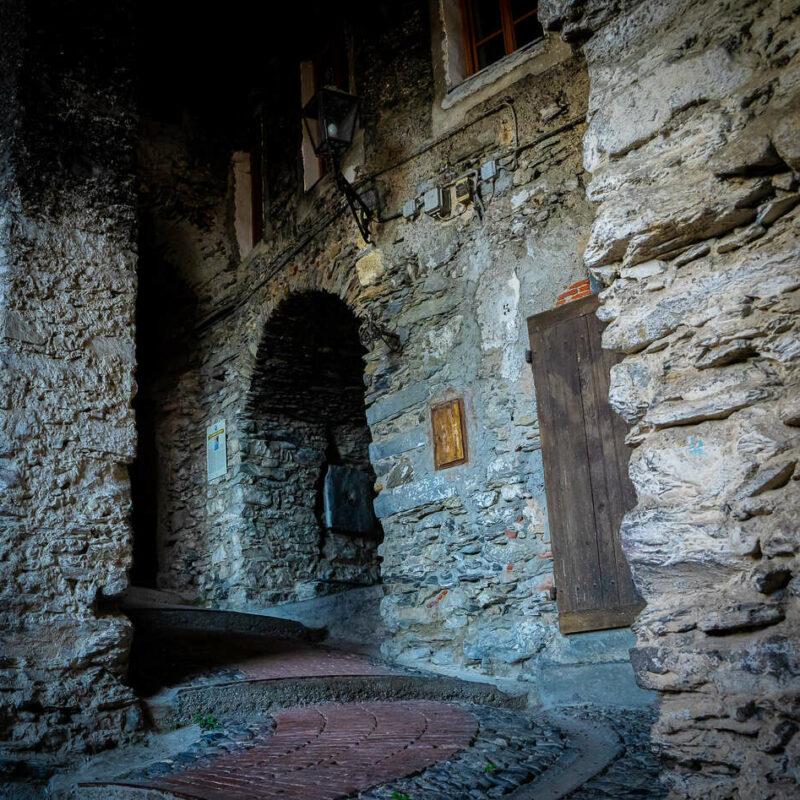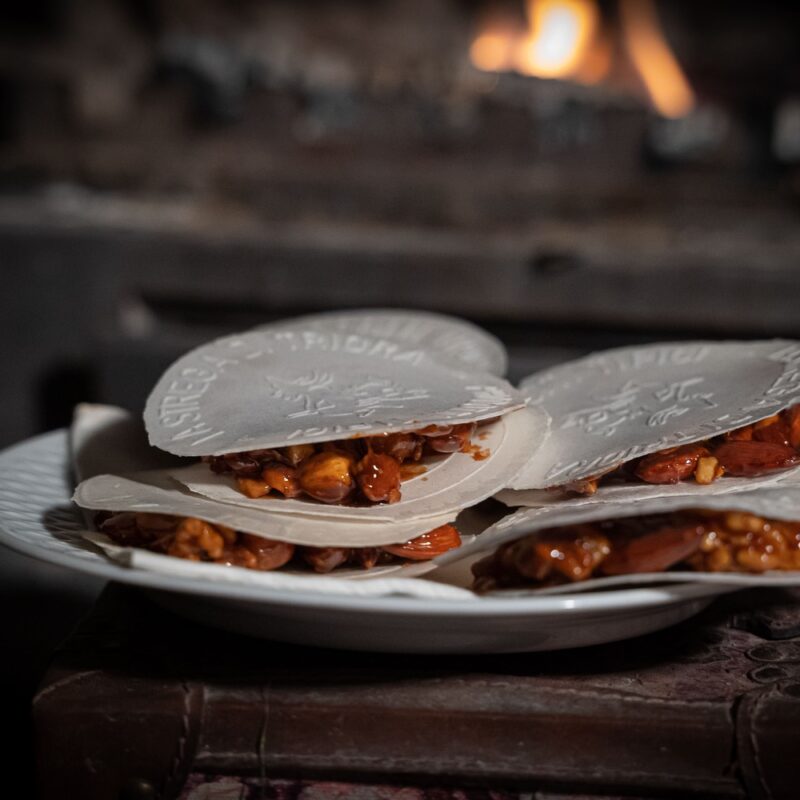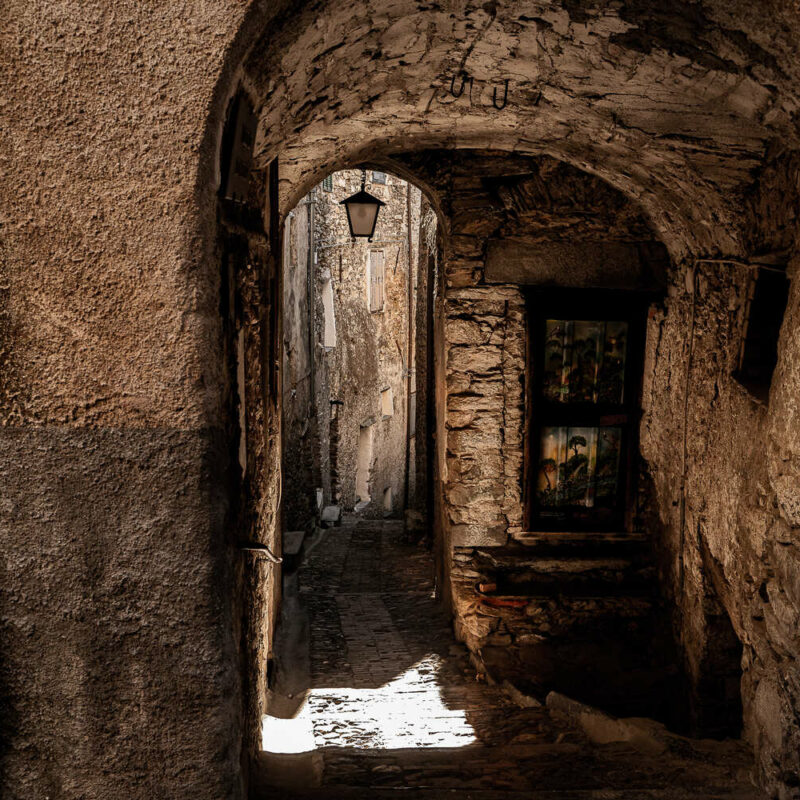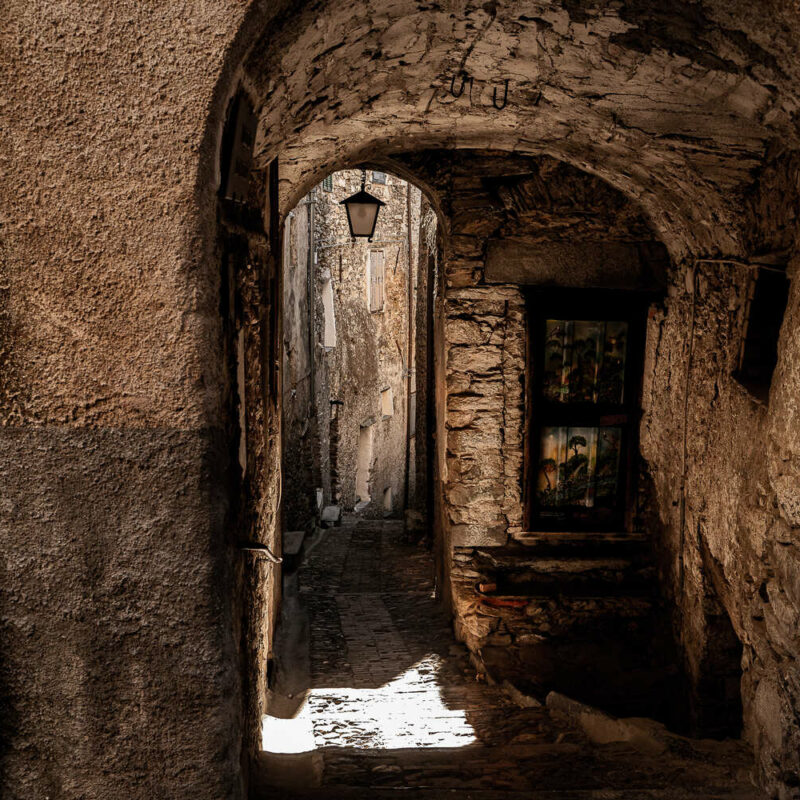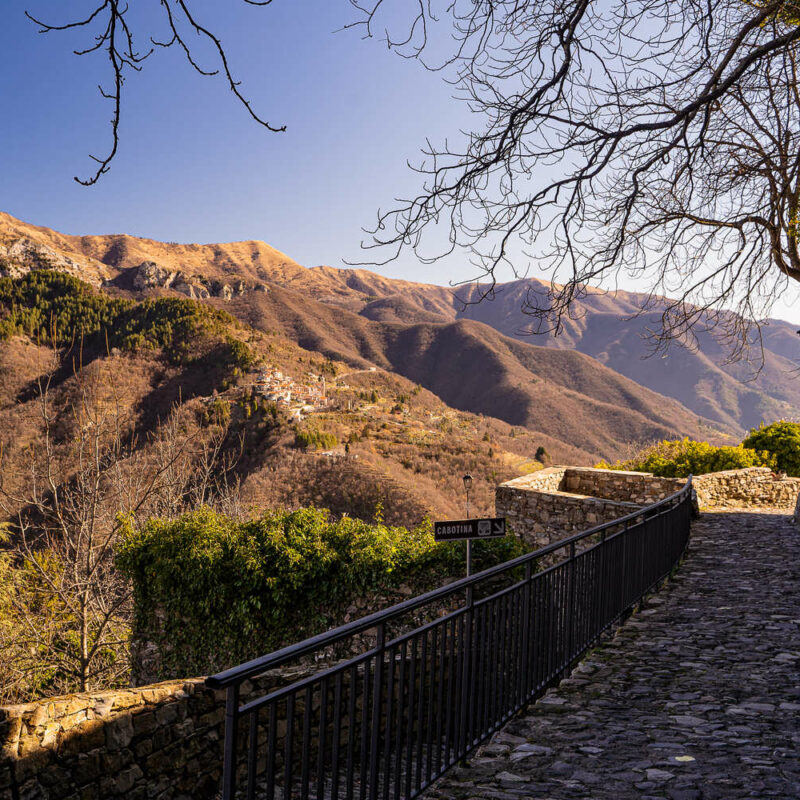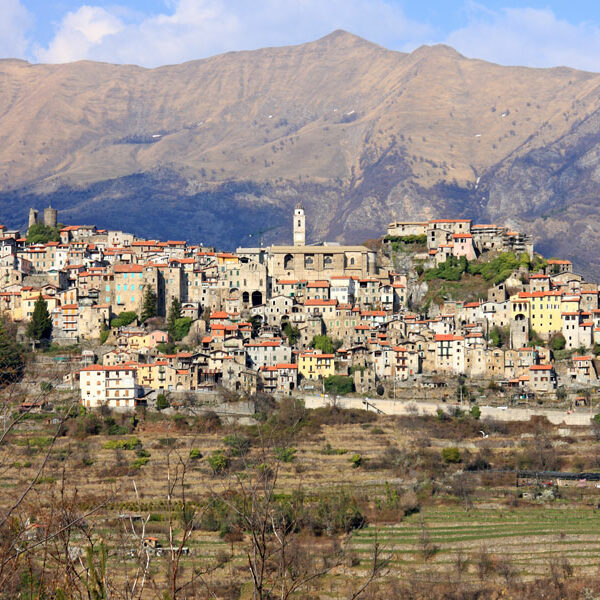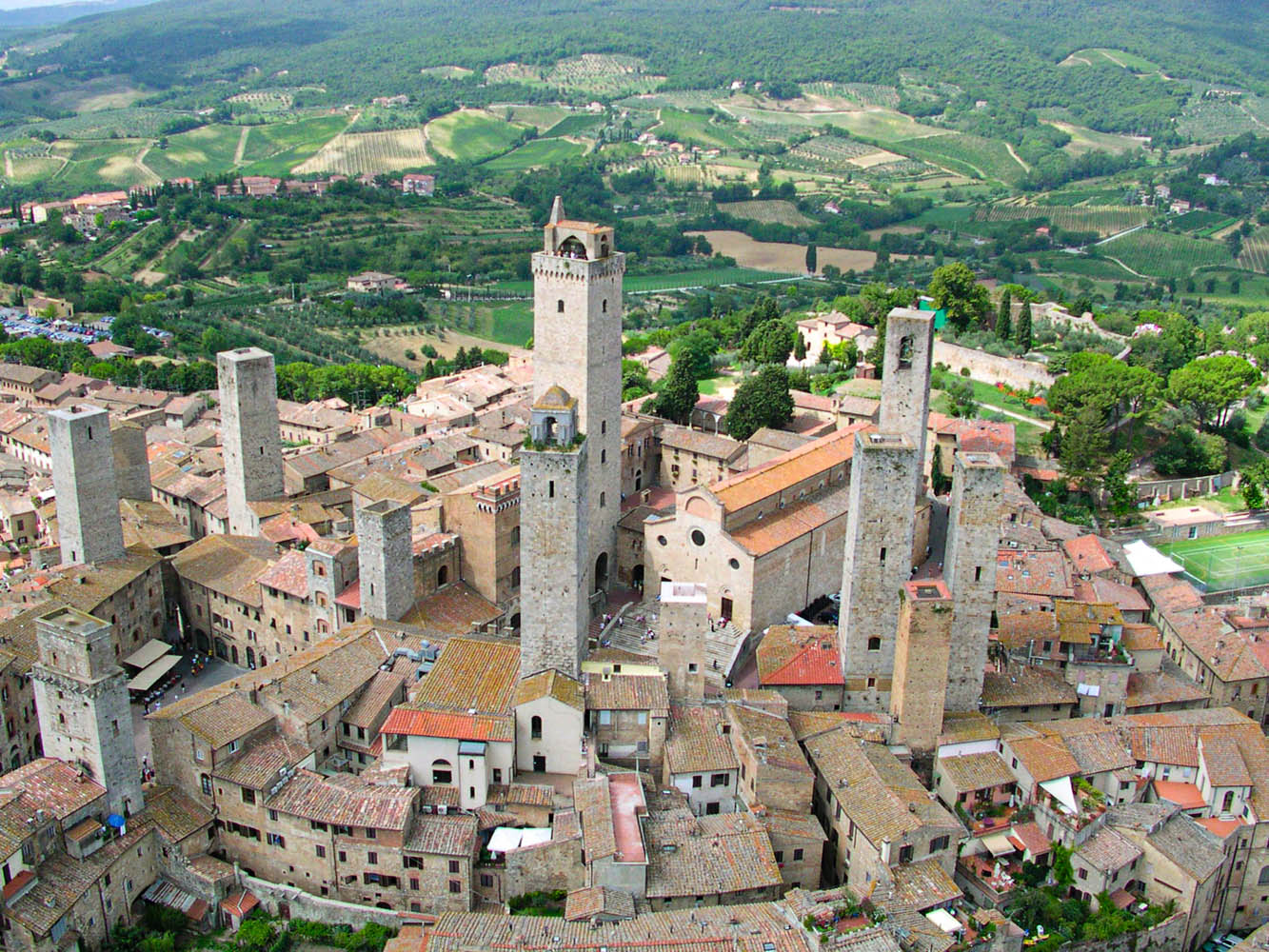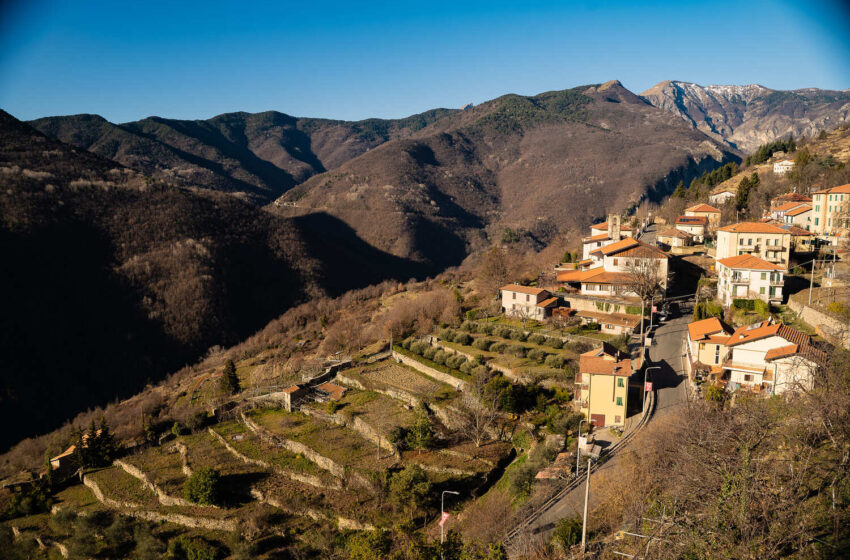
The Enchanted Village: Discovering Triora and Its Mysterious Past
Are you afraid of witches? How many times for generations has this specter been stirred up by parents and grandparents to discipline capricious and mischievous children? And how many infants have dreamt of being abducted in the dead of night by the famished hag to be cooked in the oven like Hansel in the fairy tale? The hag, malevolent in appearance with her pointed hat, riding a broomstick through the darkness. In Italy, they are a constant presence, with many names: ‘bagiue,’ ‘masche,’ ‘strologhe,’ ‘magare,’ ‘janare,’ and ‘janas.’
But did witches ever exist? To answer this question, I will lead you to discover an authentic gem of the Ligurian hinterland, the magnificent village of Triora, in the province of Imperia, nestled in the Upper Argentina Valley, once a salt route and granary of the Republic of Genoa, of which it was also the fortified bastion on the border with the hostile Duchy of Savoy. Surrounded by lush and wild nature, rich in endemisms (80 in total) and watercourses, the main one being the Argentina stream that runs through the valley, Triora strikes visitors with the evocative atmosphere of its stone houses with characteristic slate roofs and its romantic alleyways. In this charming setting, it’s hard to imagine the grim events that involved dozens of people, mostly women, in the summer of 1588 in one of the most famous witchcraft trials held in the peninsula, a drama born of social prejudice and religious fanaticism that, even without burnings, still left its trail of pain and death in the community of Triora.
In what was once the Great Podesteria, whose prosperity derived from wheat, oil, and lavender, which grows lush here, favored by the exceptional microclimate and whose splendor is carved into the architectures of noble palaces and Churches that still adorn it, a dark page of history was played out, not only local, which today is difficult to even imagine.
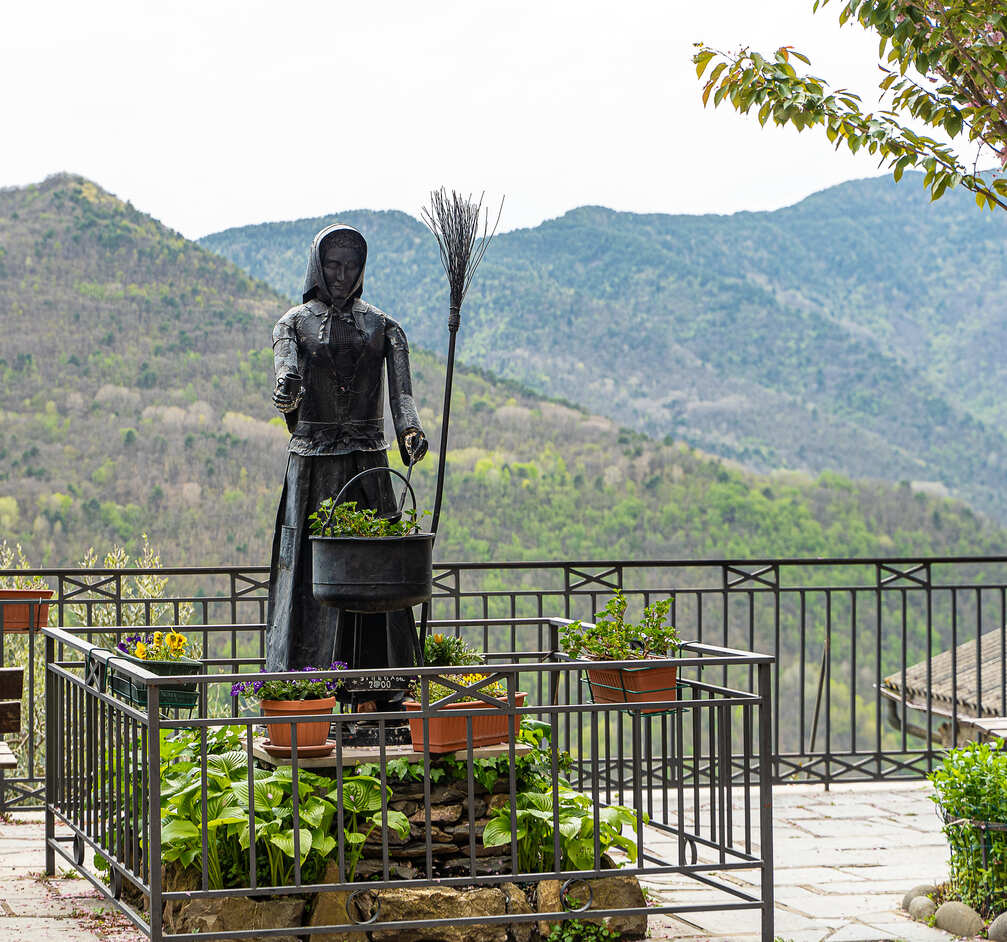
If today Triora is known throughout the peninsula and abroad as the Salem of Italy, even if chronologically the opposite would be more correct, it is thanks to the courage of a community and its administrators who, instead of hiding this sad story, decided to come to terms with their past, providing a little justice to the memory of the innocent victims of that ferocious witch hunt that began in 1588 and ended the following year. It was on the occasion of the fourth centenary of the trials that the local administration, in collaboration with some scholars and academics, decided to bring that event to the attention of the public through a conference.
Since then, Triora, which in the second half of the last century had experienced a gradual depopulation, has risen to prominence as the village of witches, hosting important initiatives every year on the theme of magic, historical witchcraft, and witch hunts, experiencing a new spring with the arrival of tourists from all over the world and a rebirth of the village with small commercial and artisanal activities linked to the legend of the witches. Today, the picturesque center of the Ligurian hinterland is also home to the first Ethnohistoric Museum of Witchcraft (Mes), designed by architect Luca Dolmetta and curated for the scientific part by historian Paolo Portone.
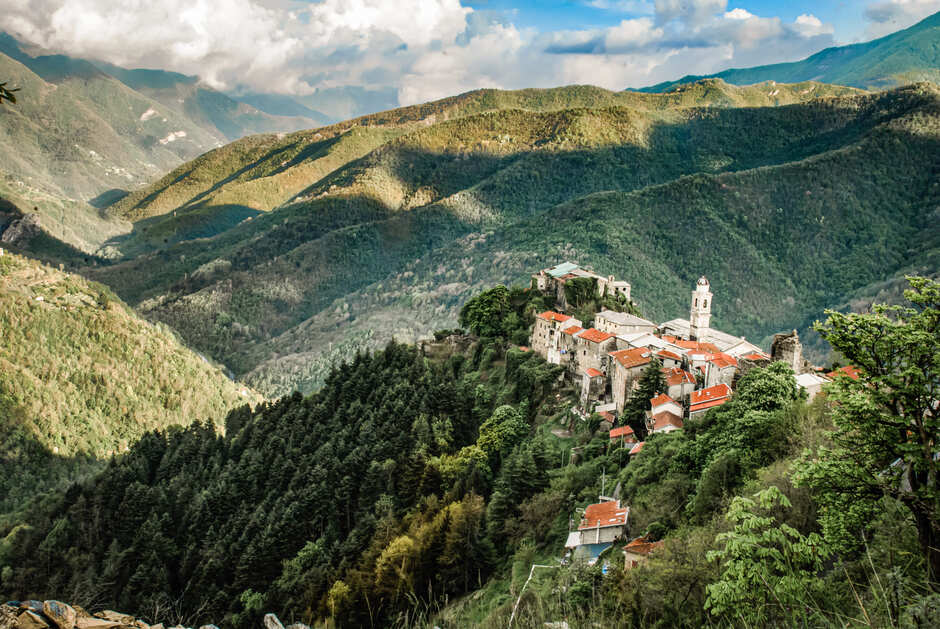
In the rooms of Palazzo Stella, the same where the trials were held and from which one of the accused threw herself in despair, visitors, enthusiasts, and curious onlookers can find, if not the answer, some food for thought to understand who historically represented the diabolical witch and who was really targeted behind her monstrous mask. The four rooms currently set up, inaugurated in December 2016, immerse us without hesitation in the culture of people defined as ‘witches,’ in the coordinates of magical thinking, in the reference figures belonging to archaic and classical mythology, in the herbal knowledge passed down especially through the female line, which at the time were absolutely similar to those of conventual and hospital medicine.
The installation concludes, for now, with the room focused on the Triora Trial, preceded by a space dedicated to the Invention of the diabolical witch, because historically that’s what it was about, there are also witches and ‘befane,’ the latter being by-products of the diabolical witches, whose grim profile contrasts with that of the Goddesses, spirits, and female creatures of the second room. And speaking of ‘witches,’ anyone passing through here should ask for Antonietta, the last lady of herbs, a sprightly lady of ninety who, in addition to a magnificent smile, will give you very useful natural remedies to maintain health, the result of her decades of experience in collecting medicinal plants.
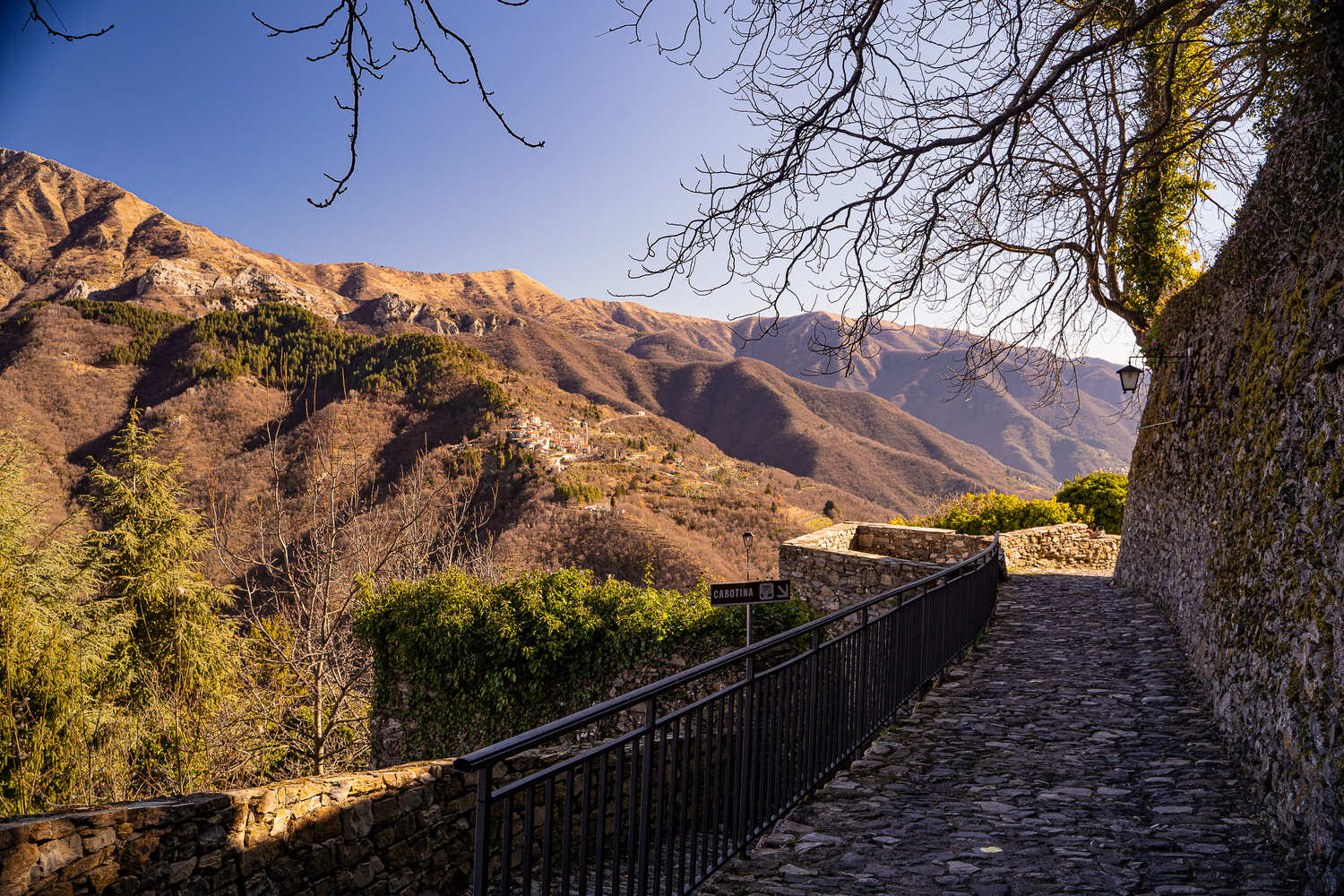
Must-See Attractions in Triora:
Church of San Bernardino: Erected in the early 15th century in a strategic position along the important pilgrim route, this church features a highly complex system of mural paintings. Among them, there is one of the earliest testimonies of the new witchcraft heresy, depicting witches burning alongside some Gazari (Cathars) in a hellish furnace.
Piazza della Collegiata: This square is home to the Parish Church or Collegiate Church of the Assumption and, next to it, the Oratory of St. John the Baptist. Facing the Oratory, on the opposite side of the square, is Palazzo Stella, which houses the Ethnohistoric Museum of Witchcraft, inaugurated in December 2016.
Collegiate Church: Traditionally believed to be built on top of a pagan temple, this medieval church, redesigned in the 18th century, features a Romanesque-Gothic style with three aisles. Of particular interest is a gold-painted panel near the baptismal font, representing the Baptism of Christ, attributed to the Sienese painter Taddeo di Bartolo (14th-15th century).
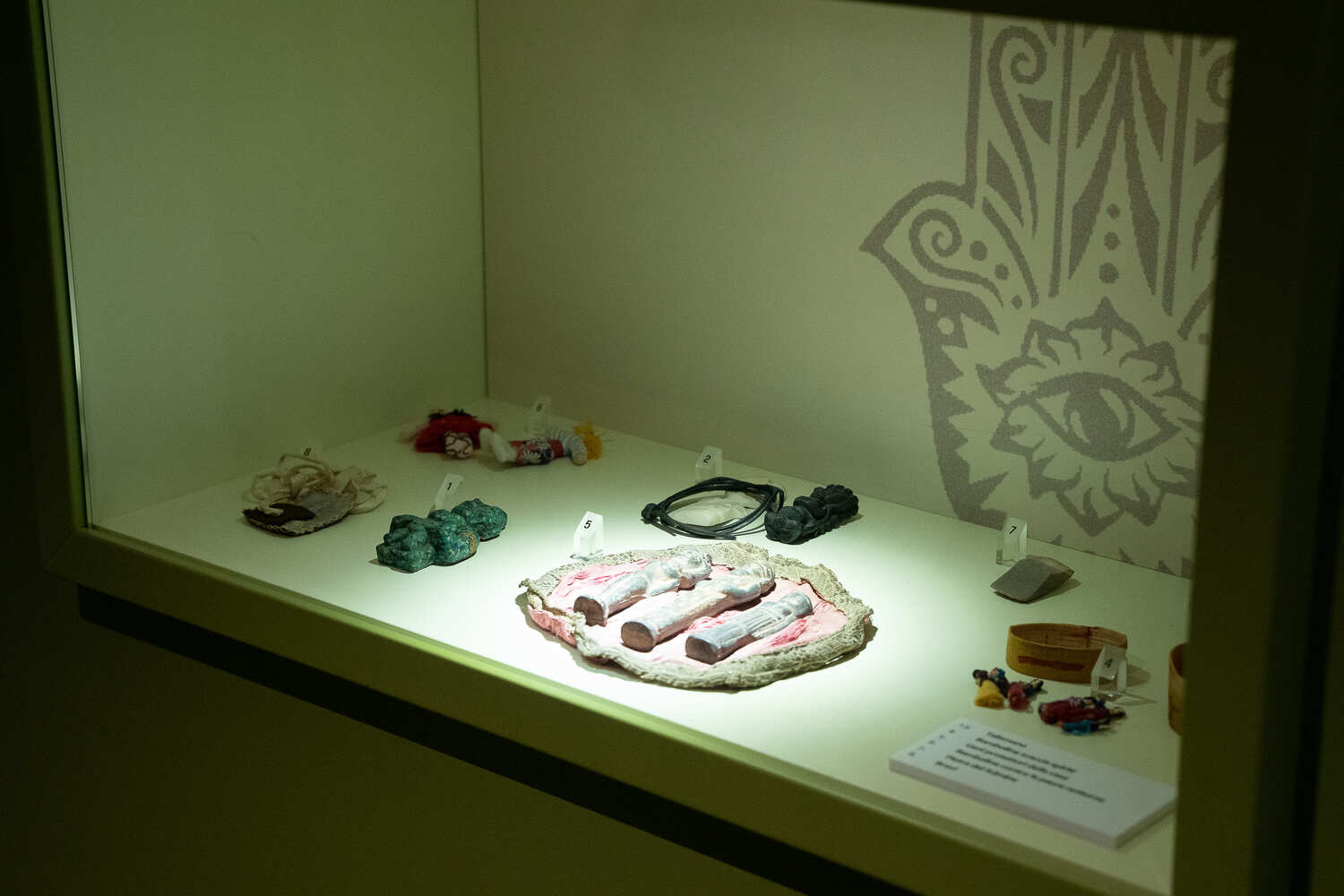
Ethnographic Museum: Located at the beginning of Corso Italia, this museum showcases numerous ancient objects still used today by the descendants of farmers and shepherds. Divided into six rooms, the museum represents different aspects of the agro-silvo-pastoral civilization.
Where to Eat:
Visitors to this charming village cannot miss the delicacies prepared by Gianni and Carla, the chef-owners of Erba gatta (it is said that it was once used as a bookmark in grimoires). In this cozy inn, you can taste typical dishes of the area, made with local excellence such as extra virgin olive oil from Taggiasca olives, Triora bread, wine, beans, saffron, herbs, mushrooms, and cheeses.”
Gallery
CREDITS FOTO:
Giovanni Nicosia
Sandra Jacopucci

Giornalista italiano con oltre 40 anni di esperienza nel mondo dei media.
Leggi in:
![]() Italiano
Italiano





